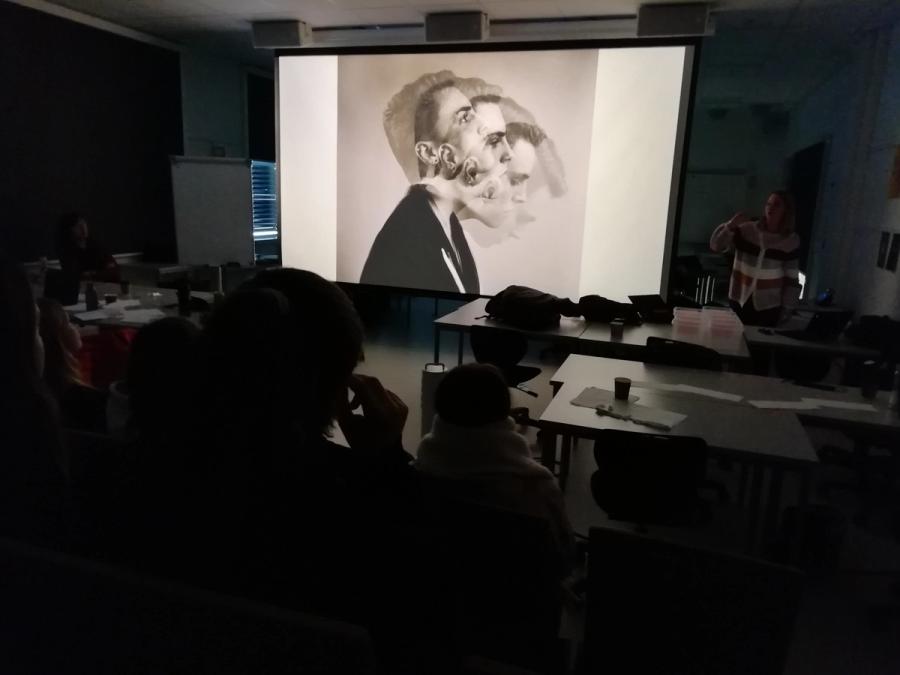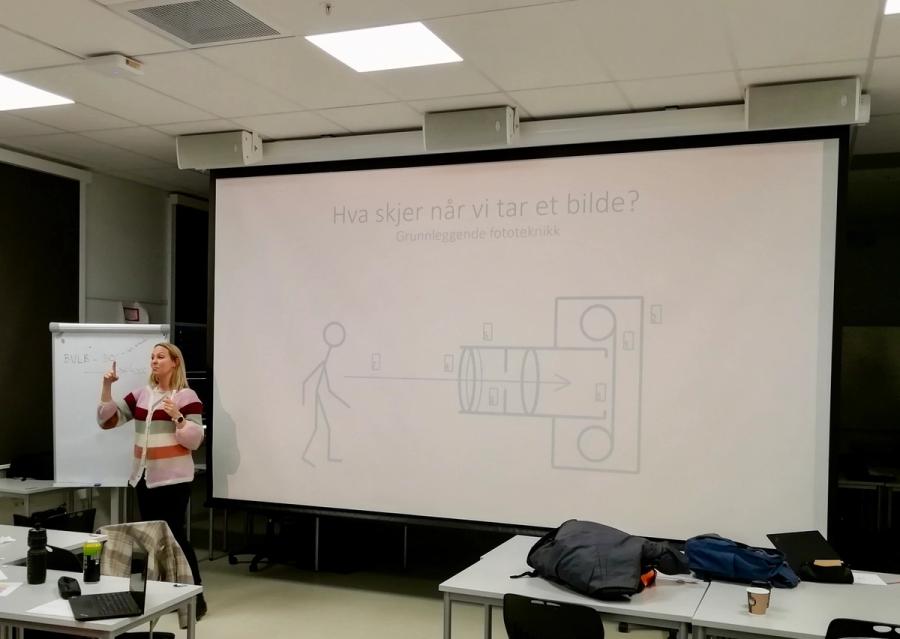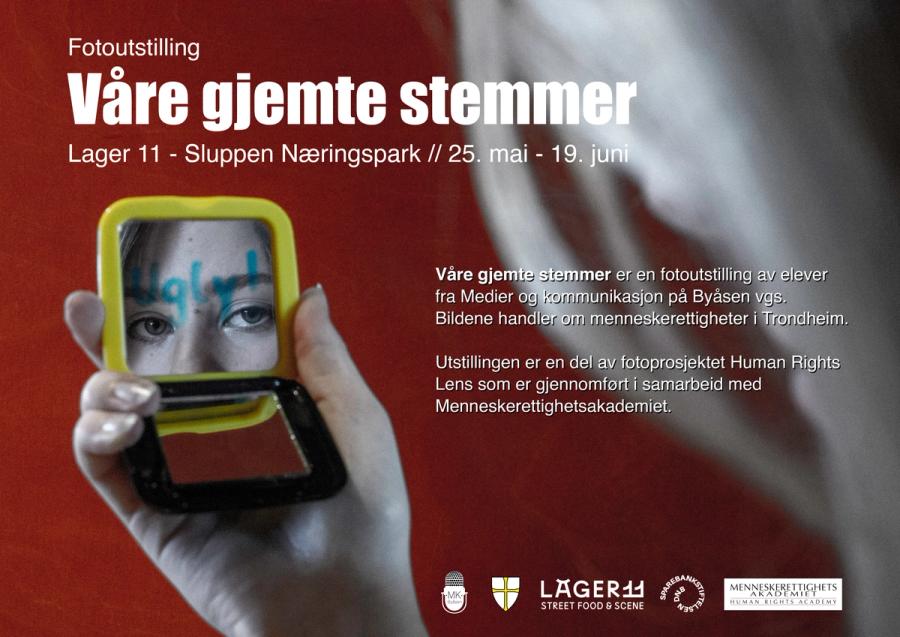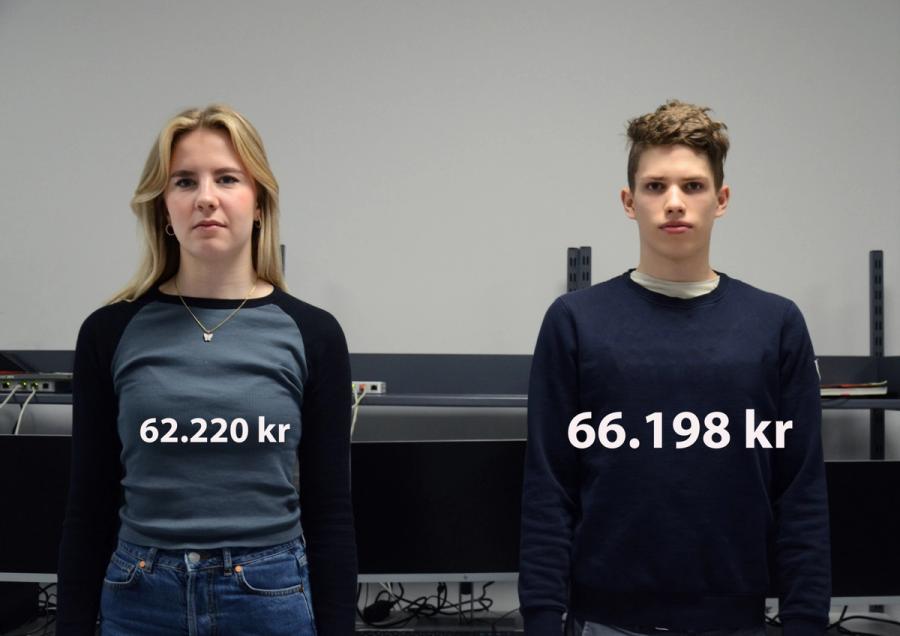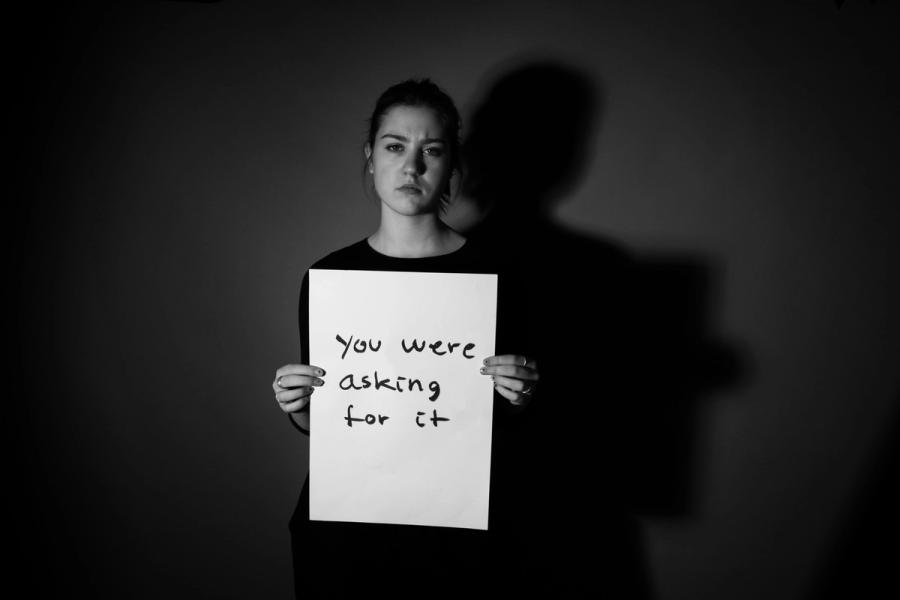Foto: Human Rights Lens 2020/21 (FRAME)
Activity:
Take pictures of human rights
Pictures can help highlight important human rights and democratic challenges in society. In this activity, the participants will document the human rights situation in their immediate environment.
Photo: Human Rights Lens 2020/21 (FRAME)
Quick facts

Human rights

Youth school • High school • Adult education • Organizations and others

Ca 3 hours

Materials: Camera or mobile phone to take pictures for the exercise “Photo of the Day”.
Activity goals
- Raise awareness that pictures create engagement and emotions.
- Reinforce young people’s participation in democracy and the public debate.

The activity is based on an exercise in the project Human Rights Lens (developed by the educational network FRAME). In 2021/22, eight upper secondary schools in Norway carried out Human Rights Lens, see the results at hrlens.no.
Preparations
The activity has three parts. Adapt the content to the relevant age level and prior knowledge. Participants should have basic knowledge about human rights.
Instructions
1. Photo of the day (40 minutes)
- Can pictures create engagement and feelings? The facilitator shows a number of pictures (and paintings) on a screen (see proposal). Each participant chooses the picture they find most interesting.
- The facilitator then divides the participants into groups of four or five where each participant presents the arguments for their choices and the thoughts and ideas they connect to the picture. If there is time the group work could be followed by a short presentation of the photographer/painter and the background of the picture.
2. How to take good pictures? (20-30 minutes)
- If the participants are lacking in basic photography techniques, they should be given a brief crash course.
- You can invite a photographer to give a presentation about techniques, focus, choice of background and so on.
3. Photo projects (minimum two hours)
- The participants take photographs of motifs illustrating human rights challenges and/or dilemmas in their local area. They can also make photography projects about something they are interested in. The following questions can help to start reflection:
- Which vulnerable groups do you find in your neighbourhood? What is their situation?
- What is the most relevant local debate? What is the background for the disagreement? Can this be linked to democracy and human rights?
- What is needed so people can have a good and rewarding life in your neighbourhood?
- After taking their picture, the participants note relevant reflections on and facts about what the picture conveys:
- What or who is shown in the picture?
- Which human rights challenges or dilemmas in your neighbourhood or local community would you highlight? Why?
- Can you find statistics, news or other facts about this problem?See source proposals below.
- Which articles in the Universal Declaration of Human Rights (1948) can be linked to the picture?
Tips to the facilitator
- Put together local exhibitions with pictures and photo projects in schools, libraries or elsewhere in the local environment.
- Use the pictures in social studies and related school subjects.
- Find inspiration on the HRLENS.NO website, where we have collected photos taken by pupils in various upper secondary schools.
(English translation: John Anthony)


